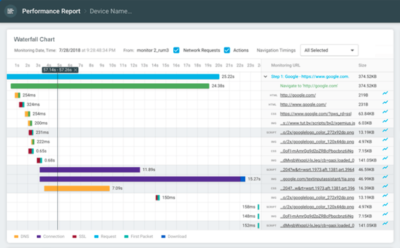Why a CDN Doesn't Solve All Your Performance Needs
A Content Delivery Network, or CDN, is a collection of proxy servers that are connected to the same origin server, and are geographically distributed relative to end users. Instead of utilizing a single server to respond to user requests, CDN edge servers are able to deliver content more effectively and efficiently to users based on their physical location. For example, if someone from Europe accesses your U.S.-hosted website, it would likely be done through a local U.K.











